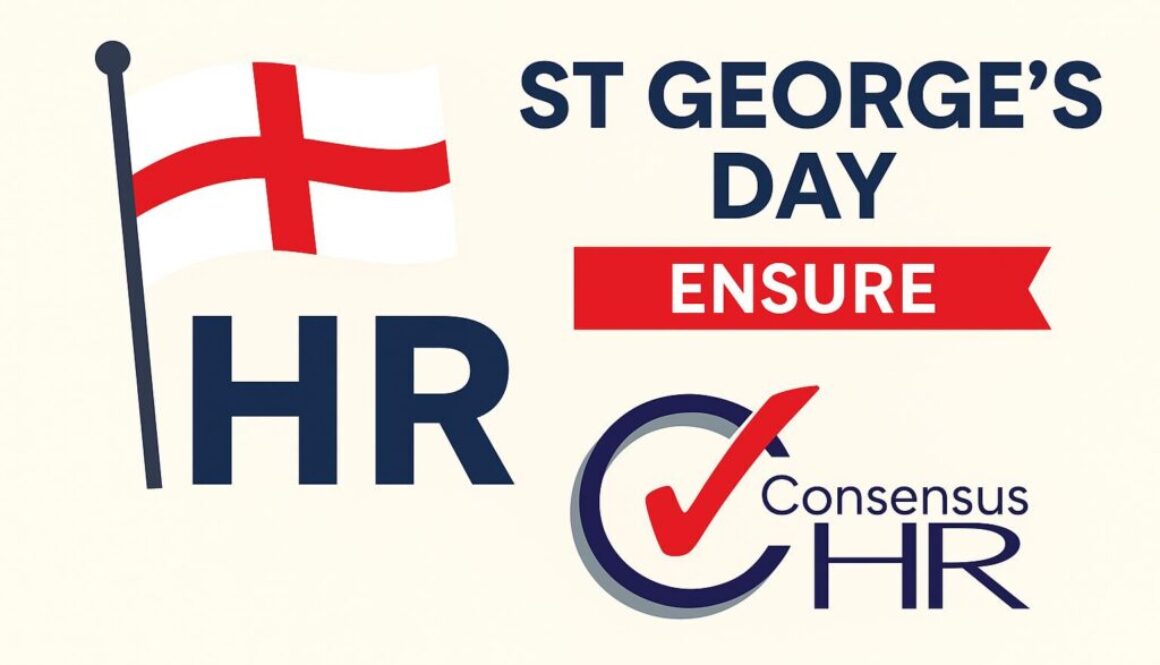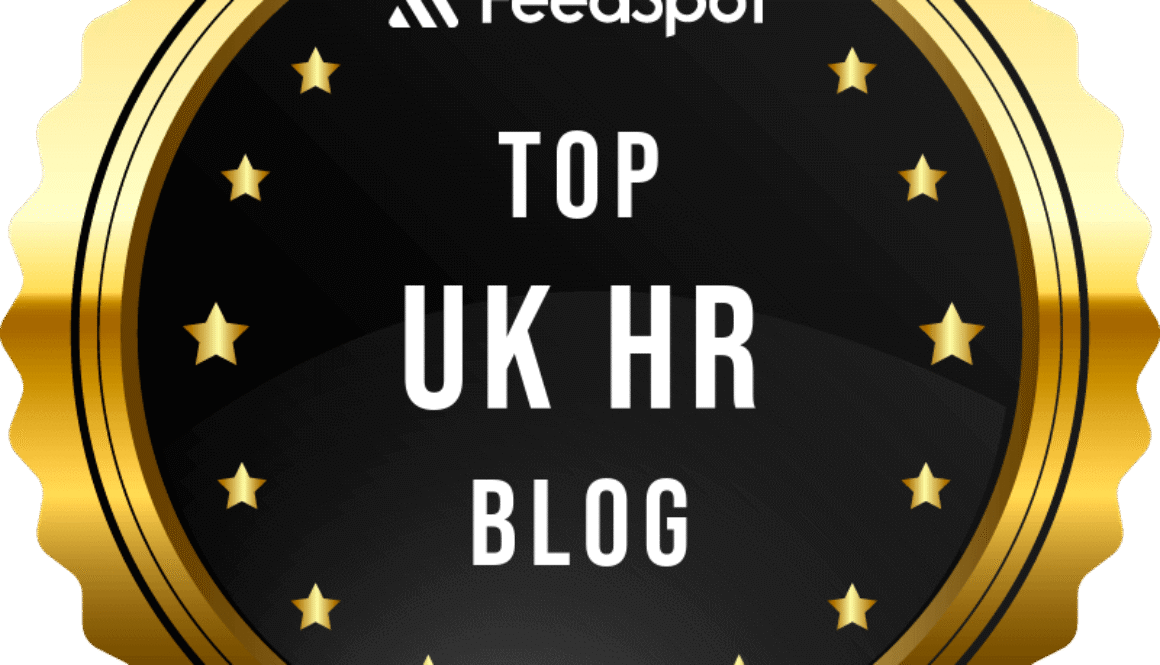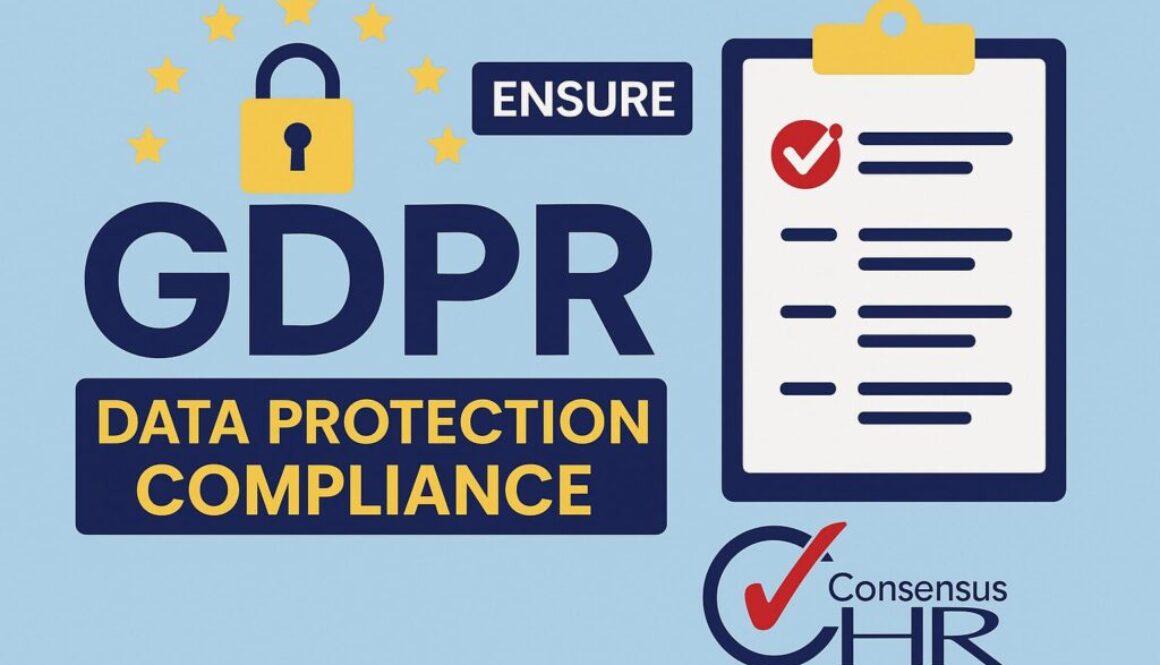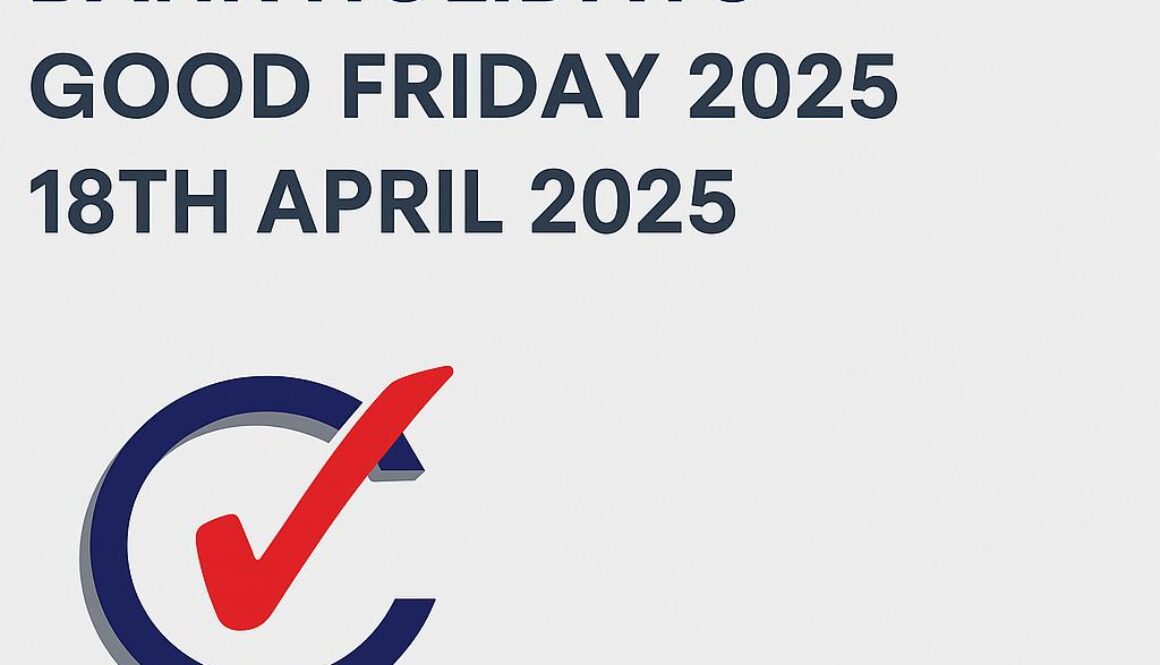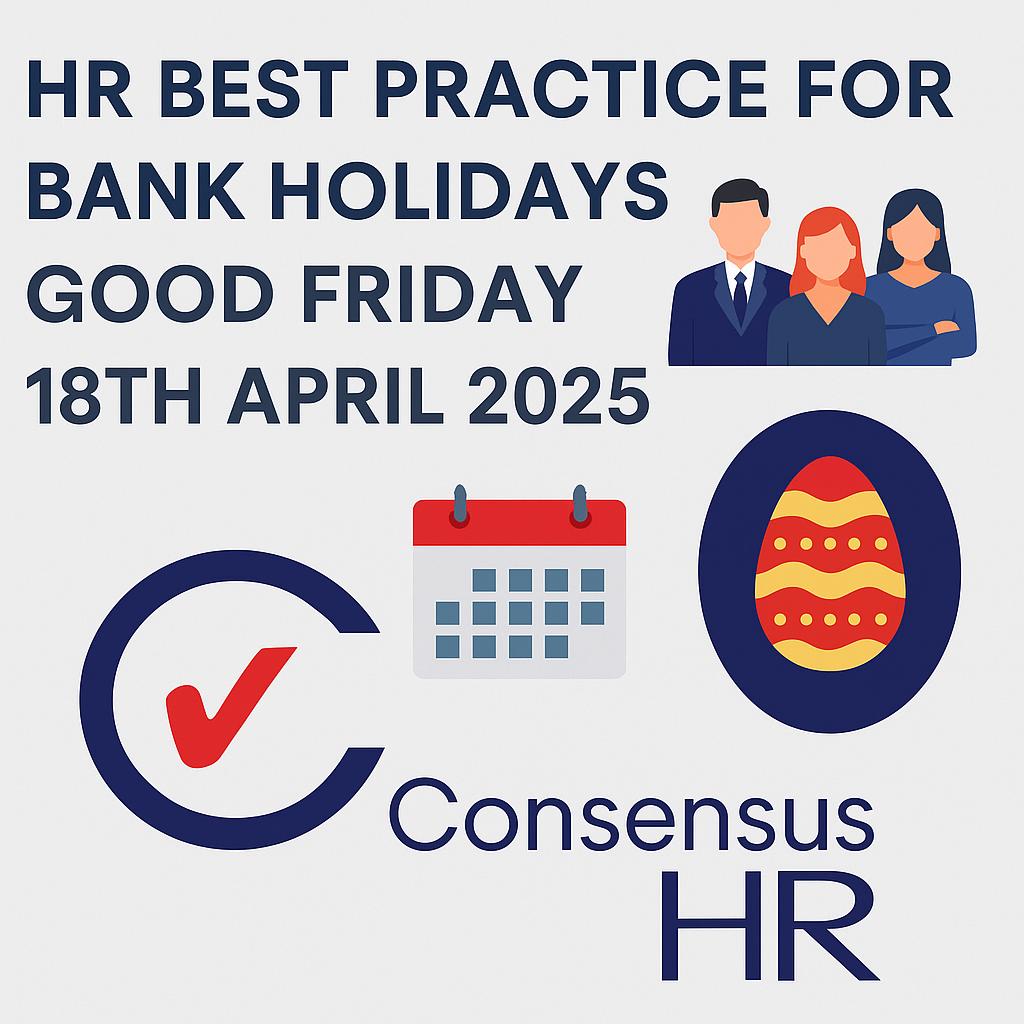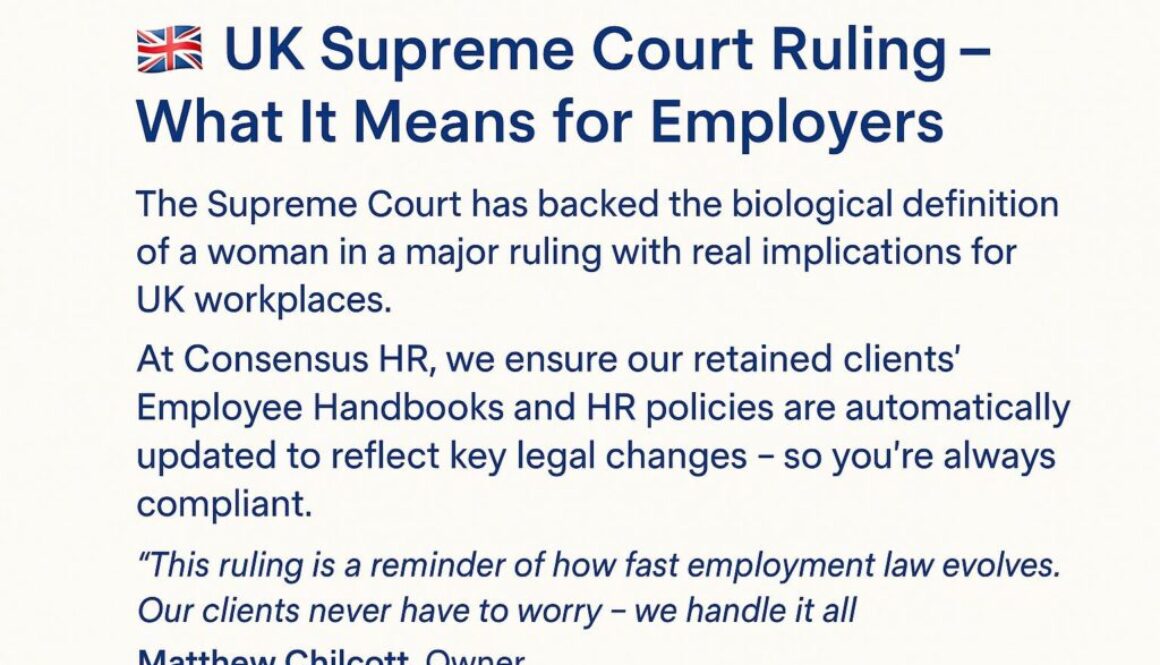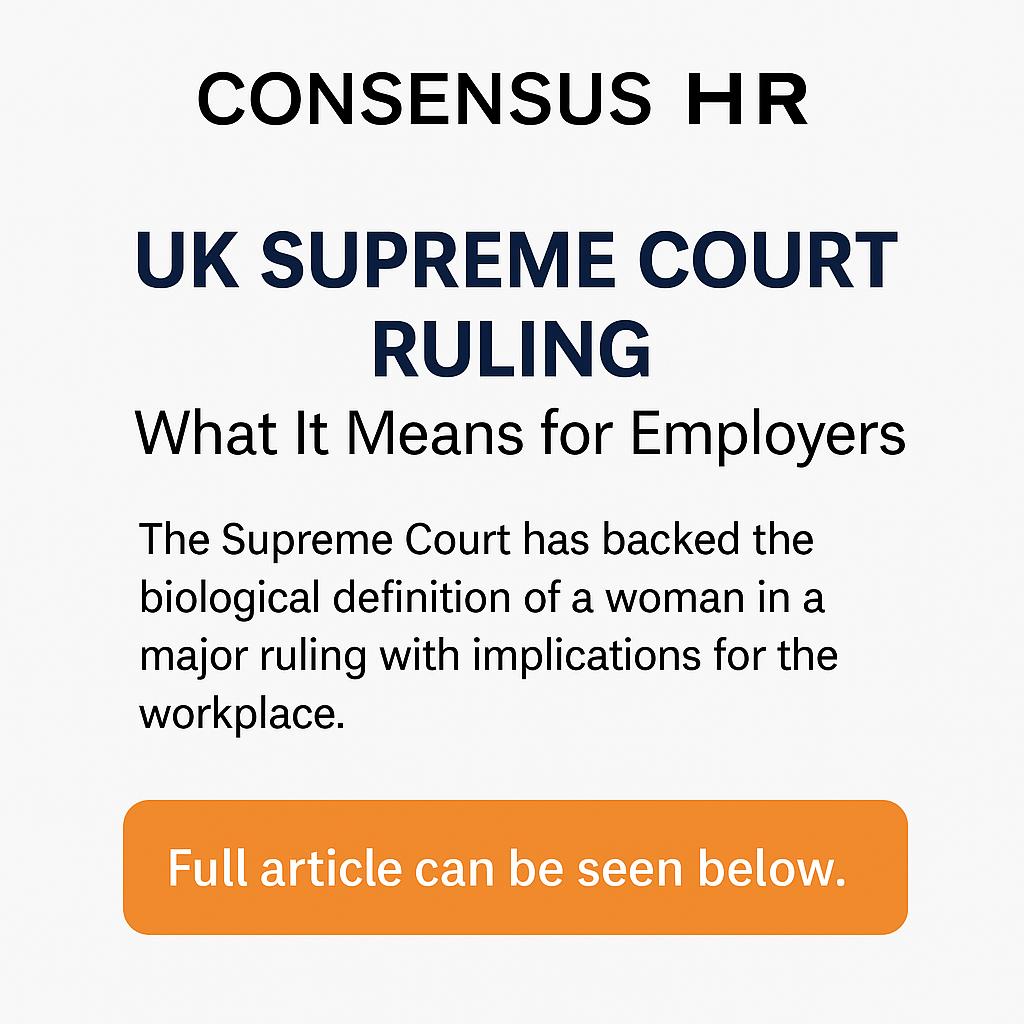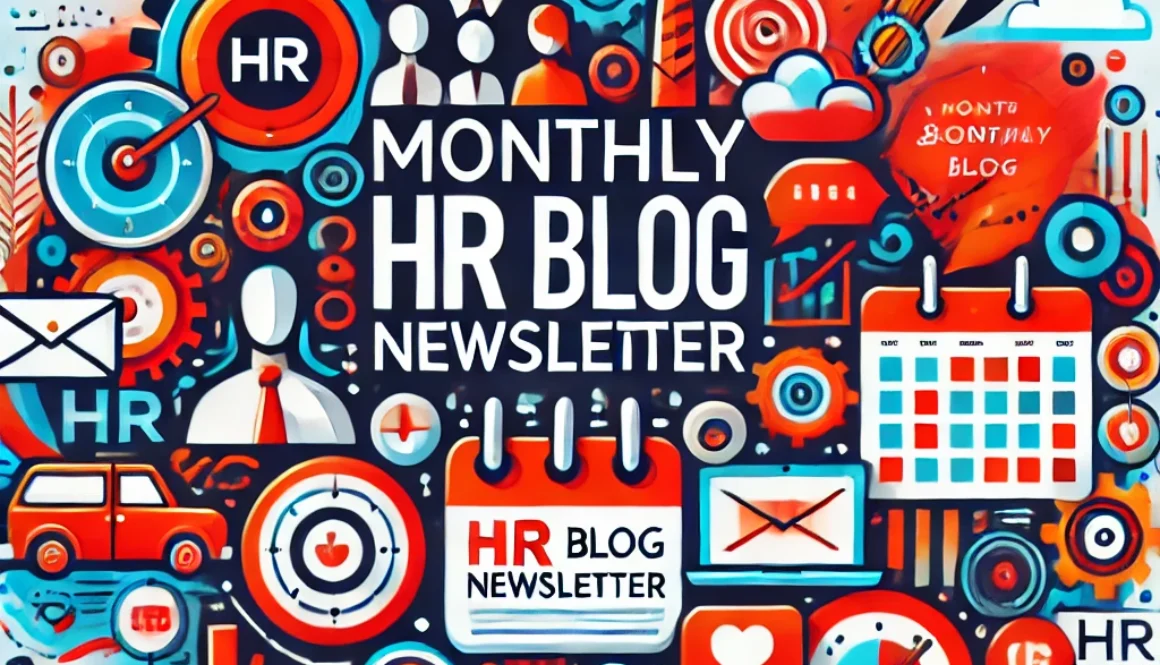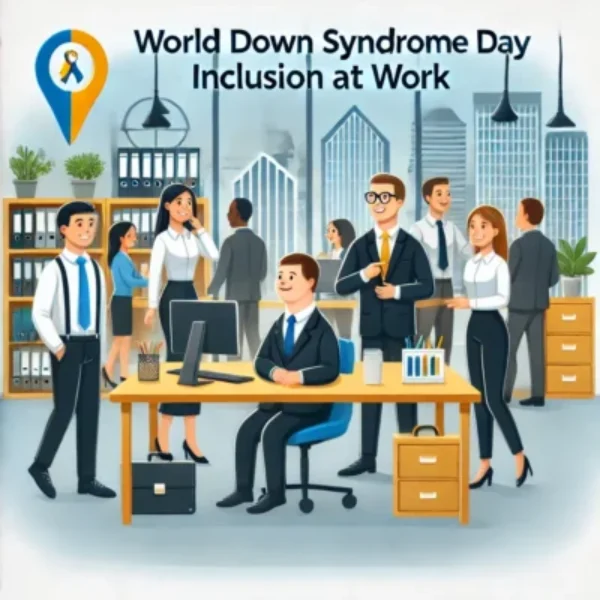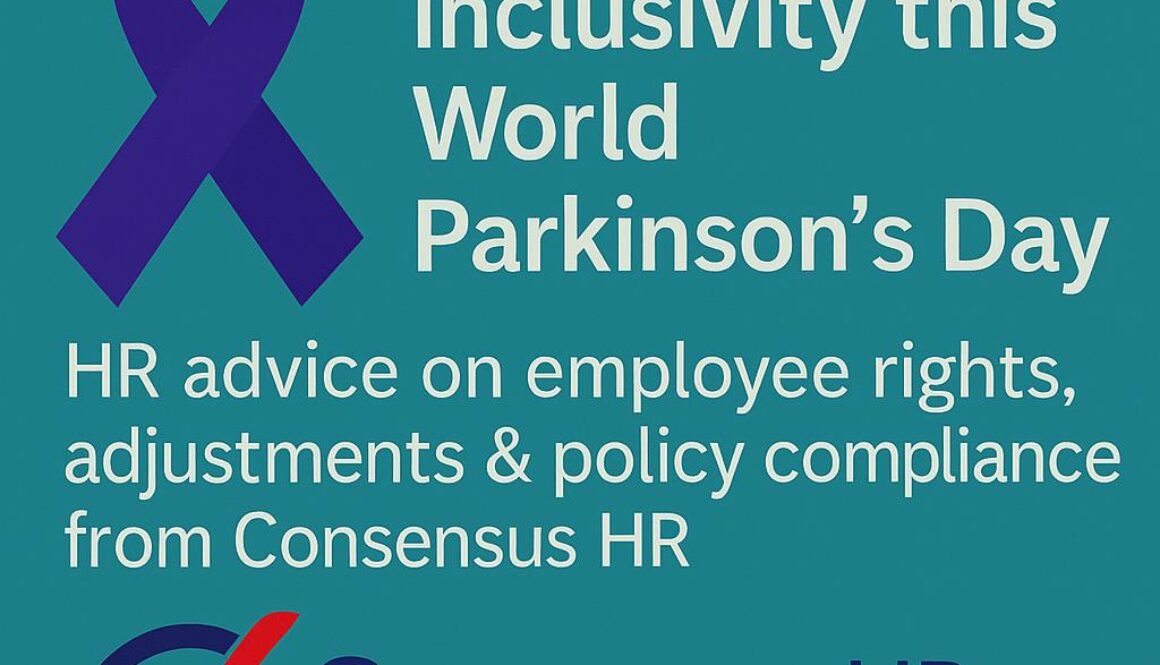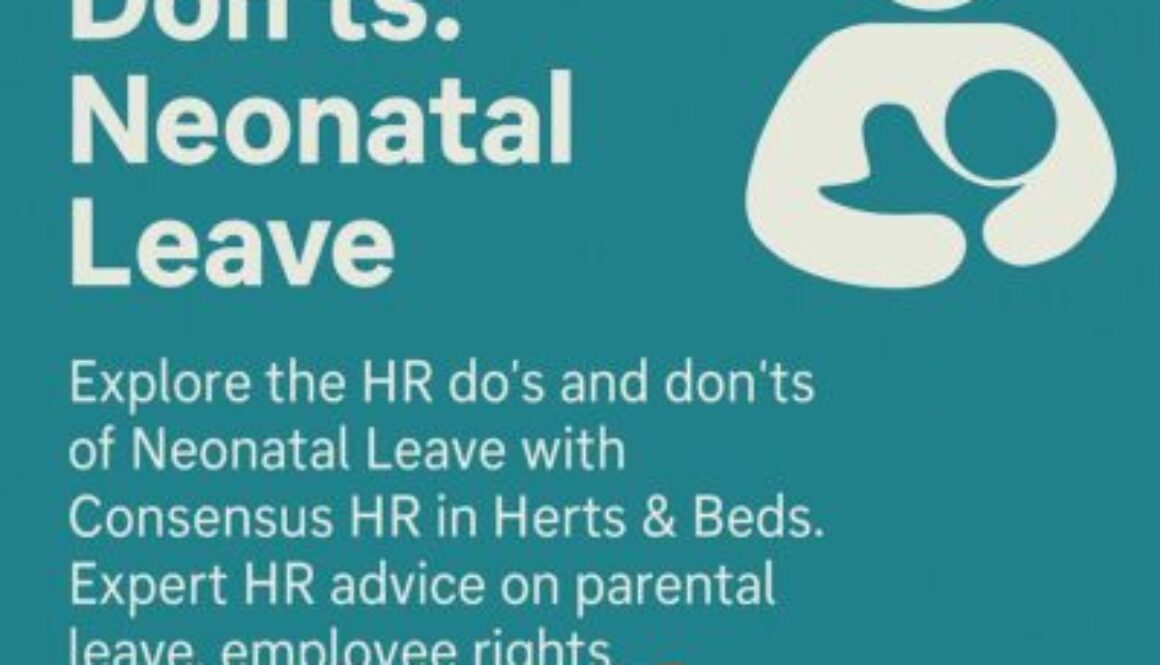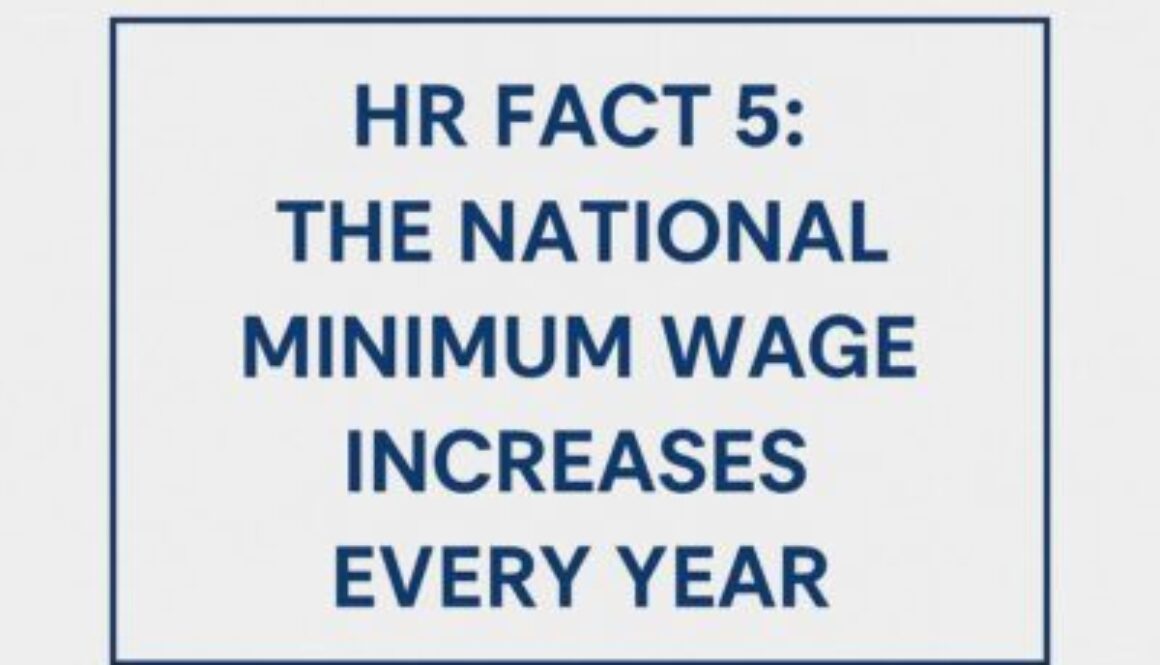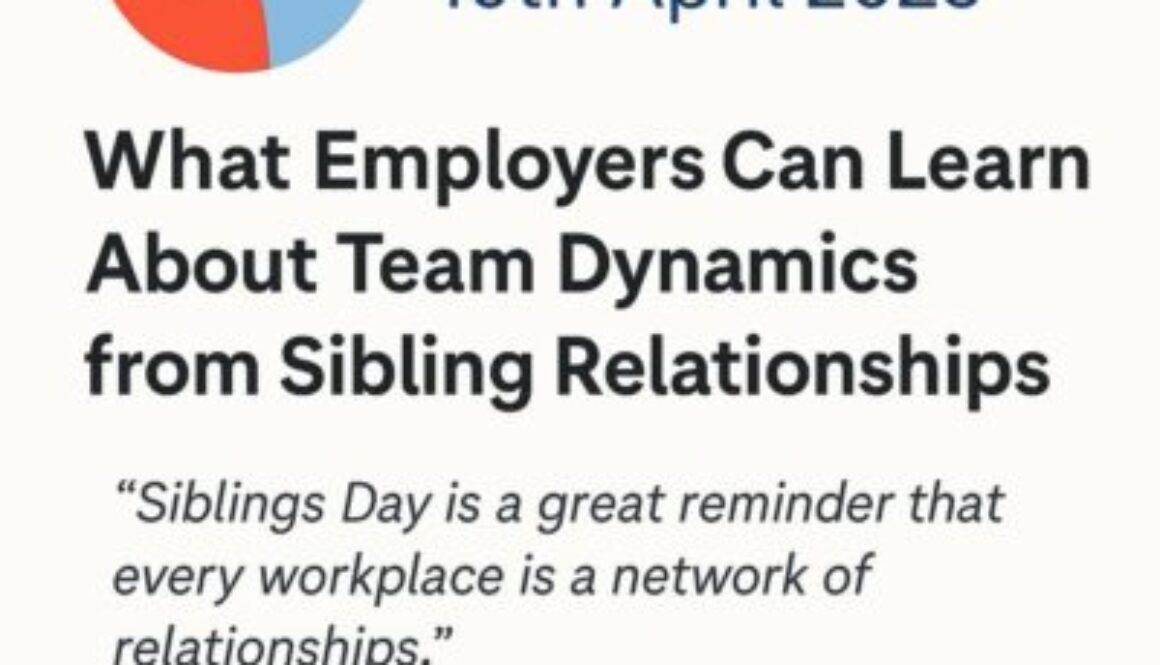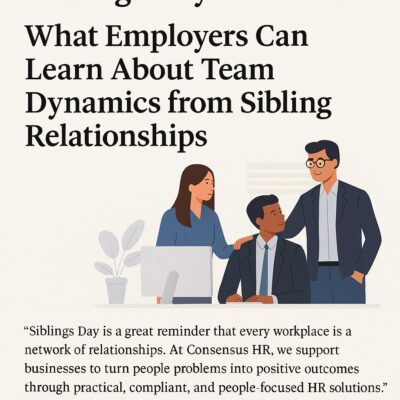St George’s Day | Consensus HR in Herts & Beds
A Time to Reflect on Leadership, Unity and Culture in the Workplace
By Matthew Chilcott, Owner – Consensus HR | 23rd April
As we celebrate St George’s Day on 23rd April, many across the UK will recognise the bravery, unity and leadership that St George symbolises. At Consensus HR, we believe these qualities are just as important in today’s workplace as they were in legend.
St George’s Day is an ideal moment to reflect not just on tradition and heritage—but also on how we lead our teams, promote inclusion, and build a strong, respectful workplace culture.
🌟 HR and the Values of St George’s Day
Leadership, courage and doing what’s right—these are all values we associate with St George, and they’re key to effective HR management too.
- Leadership: Empowering managers with training, communication skills, and the confidence to support their teams.
- Inclusion: Creating a culture where every team member feels seen, heard, and valued.
- Compliance: Leading with integrity by staying aligned with UK employment law and fair HR practices.
At Consensus HR, we help businesses instil these values every day through practical HR support, tailored documentation, and trusted advice.
💬 Matthew Chilcott – Owner, Consensus HR
“St George’s Day is more than a celebration of history—it’s a reminder that strong leadership and integrity matter just as much in business today. HR is about people, and people thrive in environments built on respect, trust, and teamwork. At Consensus HR, we support employers to create cultures that drive performance and loyalty while ensuring compliance with the latest employment laws.”
📌 St George’s Day Workplace Tips:
- Celebrate your team’s successes—recognition builds morale.
- Encourage leadership at every level—everyone can inspire change.
- Review your HR policies to make sure they promote inclusion and respect.
✅ Let Consensus HR Support Your Journey
From performance management and recruitment to disciplinary procedures and HR compliance, Consensus HR is your trusted HR partner.
Need support? Let’s talk!
📞 01438 576750
📧 [email protected]
🌐 www.consensushr.com
📣 Follow Us on Social Media
Stay up to date with our latest HR advice, legal updates and practical tips:
Tags: HR Support, St George’s Day, UK Employment Law, Workplace Leadership, Team Culture, Inclusive Workplace, HR Consultancy, Consensus HR
To view more about our range of HR & Employment Law Services
Are you concerned about keeping your business up to date with Employment Law changes?
Your Outsourced Human Resources (HR) Department.
For further information on any of the HR subjects we provide, please click the heading below:


